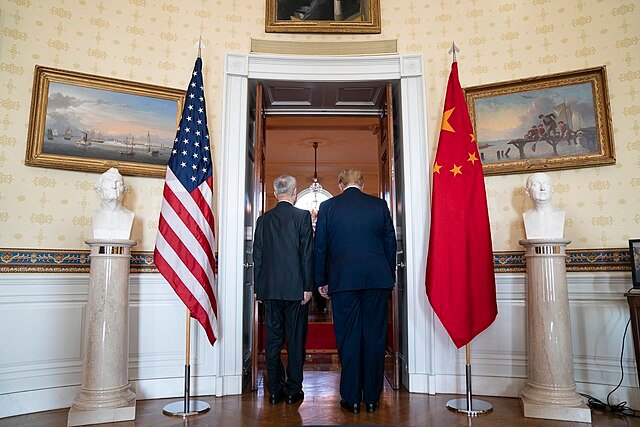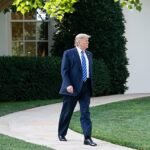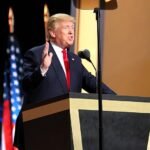A fragile trade truce between the United States and China, barely a week old, is already teetering on the edge of collapse. The spark? A U.S. ban on Chinese tech giant Huawei’s AI chips, which Beijing says betrays the spirit of the agreement struck in Geneva. The sudden flare-up has jolted global markets and left businesses, consumers, and policymakers bracing for another round of economic turbulence between the world’s two largest economies.
The truce, sealed on May 12 after marathon talks, was a rare moment of compromise. The U.S. agreed to cut tariffs on Chinese goods from 135% to 25% for 90 days, while China lowered duties on American products from 115% to 15% and eased restrictions on rare earth exports. The deal, brokered by U.S. Treasury Secretary Scott Bessent and Chinese Vice Premier He Lifeng, sent markets soaring—Wall Street’s Dow Jones spiked 2.5%, and Shanghai’s stock index followed suit. But the goodwill evaporated on May 19 when the U.S. Commerce Department slapped a ban on Huawei’s Ascend AI chips, citing national security risks tied to their role in cutting-edge technology. China fired back, calling the move a “slap in the face” to the truce.
“This is a deliberate attempt to undermine our agreement,” said a spokesperson for China’s Commerce Ministry, urging the U.S. to reverse course through the truce’s consultation process. U.S. Trade Representative Jamieson Greer pushed back, insisting the chip ban is a separate issue rooted in protecting American interests. “We’re committed to fair trade, but we won’t compromise on security,” Greer told reporters in Washington.
The clash is a stark reminder of the deep mistrust that has haunted U.S.-China trade ties since 2018, when tariffs first escalated over concerns about intellectual property theft and trade imbalances. A 2020 deal meant to ease tensions fell apart when China missed its targets for buying U.S. goods. The latest truce was supposed to buy time for tougher talks—on subsidies, tech transfers, and a $400 billion trade deficit—but the Huawei dispute has thrown a wrench into those plans. “It’s like we’re back to square one,” said Sarah Lin, a trade analyst at the Peterson Institute for International Economics. “Both sides are digging in, and technology is the new battleground.”
The fallout is already rippling across industries and borders. On x.com, frustration is palpable—a post reading, “More trade drama? My grocery bill can’t take this,” racked up thousands of likes. In the U.S., retailers like Walmart are scrambling to stockpile Chinese imports before tariffs potentially snap back, pushing shipping costs up 12% in some sectors, according to trade groups. In China, small manufacturers are racing to ship goods to the U.S. during the tariff reprieve, fearing what comes next. “We’re working overtime to get products out,” said Li Wei, a factory owner in Shenzhen. “No one trusts this truce will last.”
Beyond the two nations, the dispute is reshaping global trade. Countries like Vietnam and Malaysia, which have thrived as companies moved supply chains away from China, now worry a prolonged truce could tilt the scales back. The tech angle adds another layer—China’s push for chip self-sufficiency is clashing with U.S. efforts to choke off its access to advanced semiconductors. “This isn’t just about tariffs anymore,” Lin noted. “It’s a high-stakes fight over who controls the future of technology.”
With the 90-day truce just weeks old, its survival is in question. Negotiations are slated to resume next week, but China’s talk of “countermeasures” and the U.S.’s firm stance on Huawei suggest a bumpy road ahead. Bessent struck a cautious tone, saying, “We want trade that works for both sides, not a breakup.” Yet, with unresolved issues like China’s industrial policies and U.S. security priorities looming, the path to stability looks fraught. As businesses stockpile goods and markets hold their breath, the world is left wondering whether this truce can weather the storm—or if tech rivalry will spark an even fiercer economic clash.


















